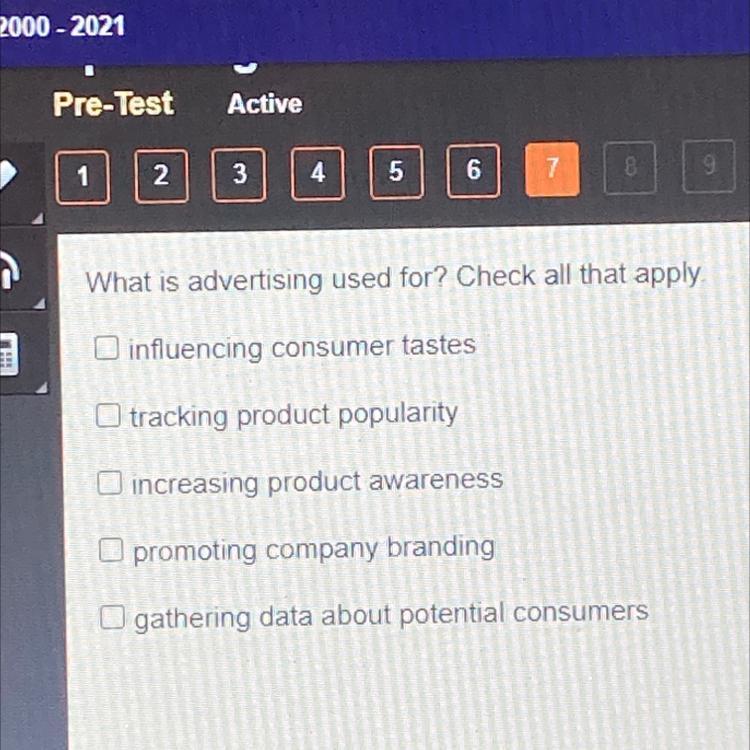What is Advertising Used For? A Comprehensive Overview
Advertising is a crucial component of modern marketing strategies, serving multiple purposes across various industries. It is the practice of promoting products, services, or ideas to a target audience through various media channels. This article will explore the many uses of advertising, its significance in business and society, and how it shapes consumer behavior. We will also include a detailed FAQ section and a table summarizing key points.
Understanding Advertising
Definition of Advertising
Advertising is defined as a paid form of communication that aims to inform, persuade, and remind consumers about products, services, or ideas. It utilizes various media, including television, radio, print, online platforms, and outdoor signage, to reach a broad audience. The primary goal of advertising is to generate interest and drive sales, but it also serves other important functions.
Types of Advertising
Advertising can be categorized into several types based on its objectives, target audience, and media used:
- Product Advertising: Focuses on promoting specific products or services, highlighting their features and benefits.
- Institutional Advertising: Aims to promote a company or organization as a whole rather than specific products. It focuses on building a positive image and goodwill.
- Comparative Advertising: Compares a brand’s product with competitors to highlight advantages and persuade consumers to choose their brand.
- Informative Advertising: Provides detailed information about a product or service, often used for new product launches or complex offerings.
- Persuasive Advertising: Aims to convince consumers to take a specific action, such as making a purchase or supporting a cause.
- Reminder Advertising: Reinforces brand awareness and reminds consumers of the benefits of a product or service, often used for established brands.
Uses of Advertising
Advertising serves multiple purposes, each contributing to the overall marketing strategy of a business or organization. Below are the key uses of advertising:
1. Generating Awareness
One of the primary purposes of advertising is to create awareness about a product, service, or brand. By reaching a wide audience, advertising informs potential customers of new offerings and helps them recognize existing products in the market.
2. Building Brand Image
Advertising plays a crucial role in shaping and maintaining a brand’s image. Through consistent messaging and visuals, companies can establish a positive perception of their brand, which can lead to customer loyalty and trust.
3. Persuading Consumers
Advertising aims to persuade consumers to choose one brand over another. By highlighting unique selling points, benefits, and emotional appeals, advertisers can influence purchasing decisions and drive sales.
4. Supporting Sales Efforts
Advertising complements sales efforts by generating leads and creating interest in products or services. It provides the necessary information to potential customers, making it easier for sales teams to close deals.
5. Educating Consumers
Effective advertising educates consumers about products, services, and their benefits. This is particularly important for complex or innovative offerings that require explanation to help consumers understand their value.
6. Promoting Special Offers
Advertising is used to promote special offers, discounts, and limited-time promotions. This can create urgency and encourage consumers to make a purchase decision quickly.
7. Enhancing Market Reach
Through targeted advertising, companies can reach specific demographics and expand their market reach. This allows businesses to connect with potential customers who may not be aware of their products or services.
8. Supporting Social Causes
Many organizations use advertising to promote social causes and raise awareness about important issues. Nonprofits and advocacy groups often rely on advertising to mobilize support and drive action.
9. Differentiating from Competitors
In a crowded marketplace, advertising helps brands differentiate themselves from competitors. By highlighting unique features and benefits, companies can position themselves as the preferred choice among consumers.
10. Driving Online Engagement
With the rise of digital advertising, businesses can engage with consumers through social media, email marketing, and online ads. This interaction fosters a sense of community and encourages customer loyalty.
11. Creating Jobs
The advertising industry itself generates employment opportunities in various fields, including creative design, marketing, media planning, and analytics. This contributes to economic growth and job creation.
The Impact of Advertising on Society
Advertising has a significant impact on society, influencing consumer behavior, cultural norms, and public perception. Here are some key effects:
Positive Impacts
- Informed Choices: Advertising provides consumers with information about products and services, helping them make informed purchasing decisions.
- Cultural Reflection: Advertisements often reflect societal values and trends, shaping cultural norms and influencing public opinion.
- Economic Growth: By driving consumer spending, advertising contributes to economic growth and supports businesses of all sizes.
Negative Impacts
- Consumerism: Advertising can promote a culture of consumerism, encouraging excessive spending and materialism.
- Stereotypes: Some advertisements perpetuate stereotypes and unrealistic portrayals of individuals, which can have harmful societal effects.
- Information Overload: With the prevalence of advertising, consumers may experience information overload, leading to confusion and decision fatigue.
Conclusion
Advertising is a multifaceted tool that serves various purposes in the business world and society. From generating awareness and building brand image to educating consumers and promoting social causes, advertising plays a vital role in shaping consumer behavior and influencing market dynamics. Understanding the diverse uses of advertising can help businesses develop effective marketing strategies that resonate with their target audience.
FAQ Section
Q1: What is the primary purpose of advertising?
A1: The primary purpose of advertising is to generate awareness about a product, service, or brand, ultimately driving sales and influencing consumer behavior.
Q2: How does advertising build brand image?
A2: Advertising builds brand image through consistent messaging and visuals that create a positive perception of the brand in the minds of consumers.
Q3: What are the different types of advertising?
A3: Different types of advertising include product advertising, institutional advertising, comparative advertising, informative advertising, persuasive advertising, and reminder advertising.
Q4: How does advertising support sales efforts?
A4: Advertising generates leads and creates interest in products or services, providing potential customers with the information they need to make a purchase decision.
Q5: What is the role of advertising in promoting social causes?
A5: Advertising is used by nonprofits and advocacy groups to raise awareness about important social issues and mobilize support for their causes.
| Purpose of Advertising | Description |
|---|---|
| Generating Awareness | Creating awareness about products, services, or brands among potential customers. |
| Building Brand Image | Shaping and maintaining a positive perception of a brand through consistent messaging. |
| Persuading Consumers | Influencing purchasing decisions by highlighting unique selling points and emotional appeals. |
| Supporting Sales Efforts | Complementing sales efforts by generating leads and providing necessary information. |
| Educating Consumers | Informing consumers about products and services, helping them understand their value. |
| Promoting Special Offers | Encouraging quick purchase decisions through limited-time promotions and discounts. |
| Enhancing Market Reach | Reaching specific demographics and expanding market reach through targeted advertising. |
| Supporting Social Causes | Raising awareness about important issues and mobilizing support for social causes. |
| Differentiating from Competitors | Positioning a brand as the preferred choice by highlighting unique features and benefits. |
| Driving Online Engagement | Engaging consumers through social media and online ads to foster community and loyalty. |
| Creating Jobs | Generating employment opportunities within the advertising industry and related fields. |
For more detailed information on advertising and its uses, you can refer to the Wikipedia page on Advertising.This comprehensive overview of advertising highlights its importance in various contexts, showcasing its role in driving consumer behavior and shaping market dynamics. Understanding these aspects can help businesses effectively leverage advertising to achieve their goals.



